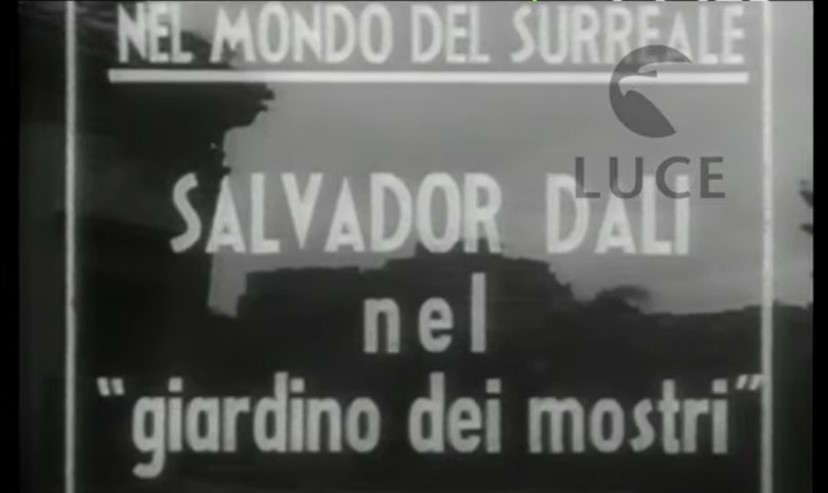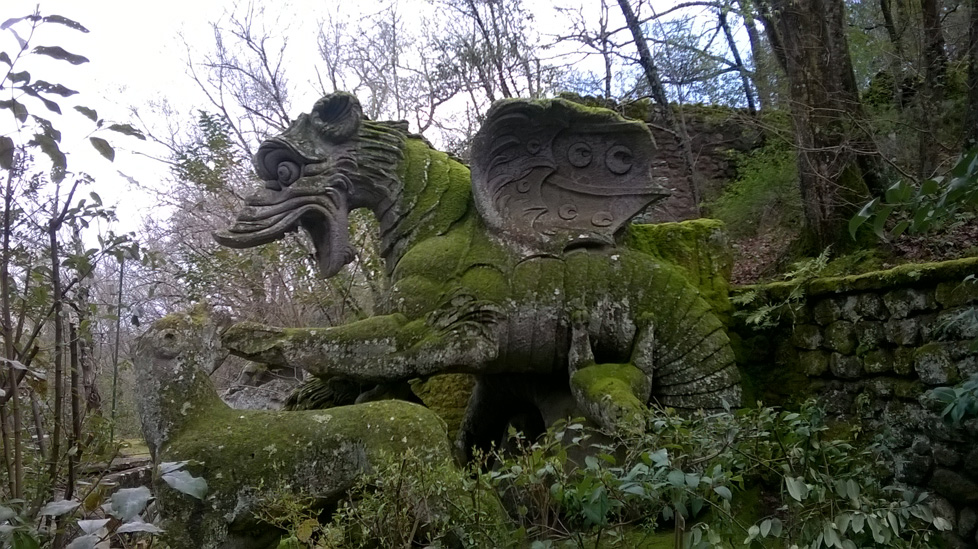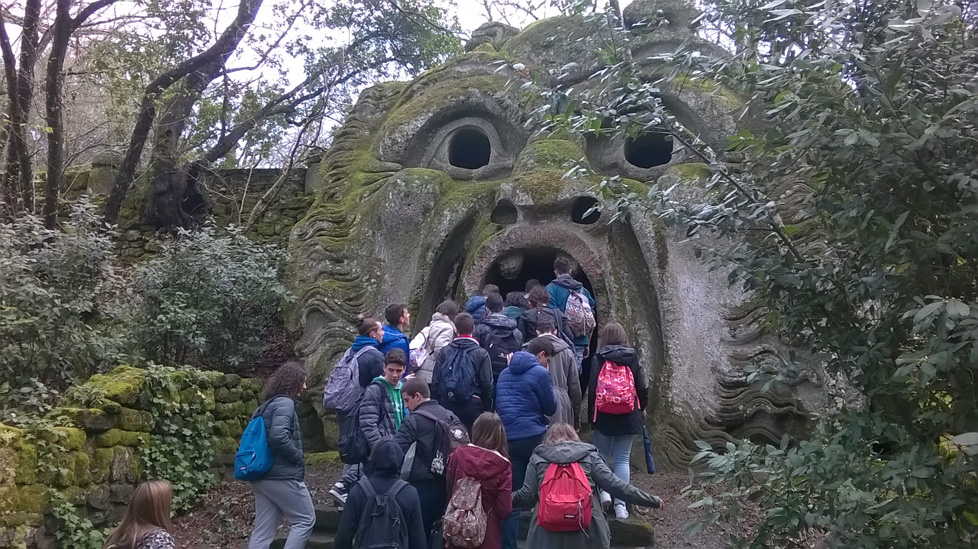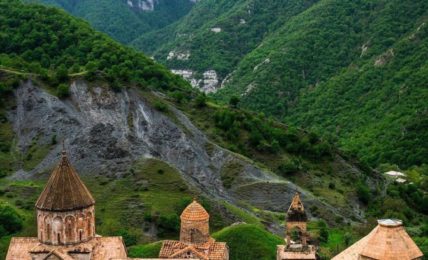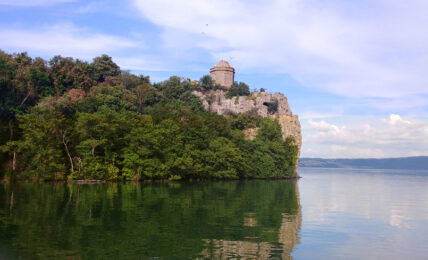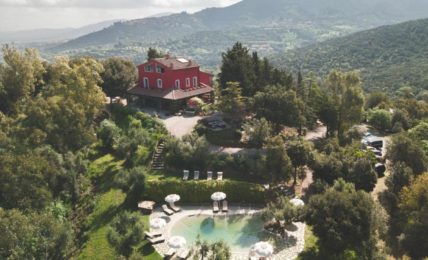Il viaggio di Salvador Dalì nel Bosco Sacro di Bomarzo in un documento storico dell’Istituto Luce Cinecittà
Si tratta di un video di poco più di un minuto che documenta la scoperta straordinaria che fece Salvador Dalì quando riportò alla luce uno dei giardini rinascimentali più stravaganti di tutta Europa.
